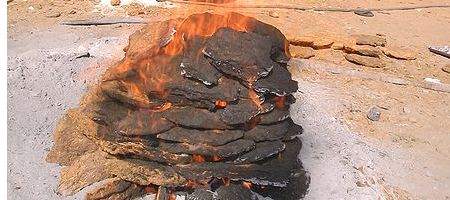Black carbon – soot to you and me – turns out to be causing twice as much global warming as previously thought.

It’s the second largest contributor to climate change, says the University of Washington team climate change, and is affecting the northern US, Canada, northern Europe and northern Asia in particular, as well as altering the rainfall patterns of the Asian monsoon.
“We were surprised at its potential contribution to climate,” says atmospheric scientist Sarah Doherty.
Dark particles in the air work to shade Earth’s surface while warming the atmosphere. And when carbon settles on the surface of snow and, it darkens the surface to absorb more sunlight and increase melting. On top of all this, soot particles influence cloud formation in ways that can have either a cooling or warming impact.
“Because of a lack of action to reduce carbon dioxide emissions, the policy community is asking what else we can do, particularly to help places like the Arctic that are melting much more quickly than we had anticipated,” says Doherty. “We hope reducing black-carbon emissions buys us some time. But it doesn’t replace cutting back on CO2 emissions.”
While carbon dioxide has a half-life of 100 years, black carbon stays in the atmosphere for only a few days, meaning that a cut in emissions could take effect quickly. The team investigated various sources of black carbon to see which reductions might have the most short-term cooling impact, and found that regulating emissions from diesel engines followed by replacing some wood- and coal-burning household stoves would have the greatest effect.
“If you’re just thinking about impact on climate, you would want to be strategic about which sources you cut back on,” says Doherty. “We looked at the overall impact because some of these sources also emit associated particles that can have counteracting effects.”






